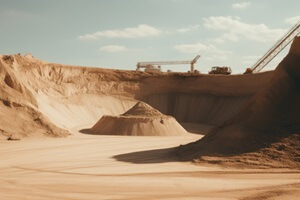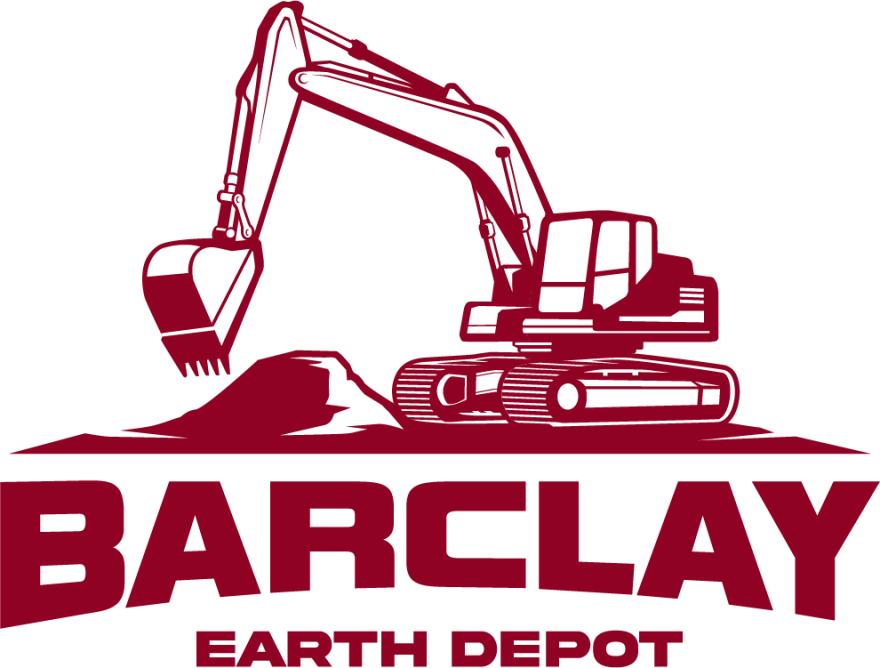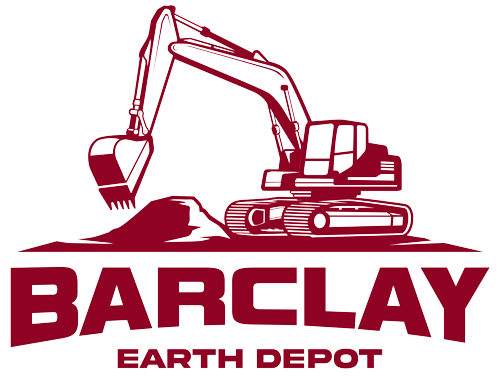 Sand is an integral component of concrete and mortars used in construction. As infrastructure development accelerates globally, the demand for construction sand is rapidly increasing. Traditionally, sand has been dredged from rivers, lakes, and beaches with little regard for environmental consequences.
Sand is an integral component of concrete and mortars used in construction. As infrastructure development accelerates globally, the demand for construction sand is rapidly increasing. Traditionally, sand has been dredged from rivers, lakes, and beaches with little regard for environmental consequences.
However, we now understand the adverse impacts of irresponsible mining construction sand, including habitat destruction, water contamination, and greenhouse gas emissions from transportation.
Sourcing sand sustainably is especially important for large-scale construction projects that utilize substantial volumes of this resource. By implementing eco-friendly sand extraction, processing, and transportation methods, developers can reduce the environmental footprint of their buildings and developments.
This article explores sustainable best practices for securing sand on major construction undertakings.
Responsible Extraction of Sand
The first step towards sustainable sand sourcing is ensuring it is responsibly extracted. Project developers should use mapping technologies to identify sand deposits that can be mined without disturbing sensitive ecosystems or habitats.
Extraction sites should be clearly demarcated, and dredging activities should be continuously monitored to minimize impact. Where possible, marine sand found offshore is a better alternative than riverbed sand.
Offshore dredging with specialized equipment can collect seafloor deposits without affecting terrestrial species or water flows. The process does impact some marine organisms, so environmental checks must be conducted to identify suitable locations.
Sand miners must use the most sustainable dredging techniques available. For example, hydraulic suction methods that vacuum sand deposits using hoses are preferable to excessive digging or blasting.
Controlled extraction depths prevent disruption to adjoining areas. Proper site restoration following dredging activity can also mitigate long-term damage.
Transportation Emissions
Sand is a dense and heavy material, making transport over long distances challenging. For large construction projects, a significant portion of the environmental impact can originate from shipping sand from mine to site. Thus, optimizing logistics for efficiency is crucial for sustainability.
Traditionally, this involves trucking sand on roads, which generates high levels of exhaust emissions and contributes to traffic congestion in urban areas.
Even modern diesel trucks emit substantial volumes of particulate matter, nitrogen oxides, and other pollutants. Intermodal transportation can reduce the carbon footprint, with some studies indicating over 65% lower overall emissions compared to equivalent trucking routes.
For coastal projects with port access, marine transport by self-unloading bulk carriers offers significant ecological advantages. Large volumes of sand can be shipped via sea routes directly to the site with minimal handling.
State-of-the-art barges and dredgers rely on advanced diesel technologies to limit nitrogen and sulfur emissions. Some operators are also pioneering hybrid-electric and even zero-emission battery-powered ships, which eliminate exhaust pollutants entirely during portside unloading.
After delivery, the vessels can utilize sails or kites for auxiliary propulsion over longer routes. Logistics optimization is also key — tools such as GPS tracking and route planning algorithms help select shipping paths with minimal miles covered.
Standardized containers and smarter unloading infrastructure further reduce material handling, thereby improving cycle times and environmental metrics.
Water Conservation in Processing
Sand obtained from mines requires extensive washing to remove impurities before it can be used for construction. Traditional sand washing systems are extremely water-intensive, often consuming massive volumes to process each ton of material.
Modern recirculation technology dramatically reduces water consumption compared to conventional wash systems. These new closed-loop systems work by feeding the wash water through a series of tanks and troughs.
Coarse contaminants are first removed, and then fine silt and clay particles are coagulated using organic flocculants so they sink to the bottom quickly. The clarified water is then recirculated back into the washing cycle instead of utilizing additional fresh water.
Any wastewater produced is captured in containment ponds, allowing remaining sediments to settle before the water is safely discharged after treatment.
The significant water savings from these types of recirculation systems greatly improve the sustainability of sand processing.
Large construction projects use substantial volumes of washed construction sand. By deploying state-of-the-art water treatment technology, developers can conserve millions of gallons over the development lifespan.
The recycling process also results in less wastewater output, helping prevent contamination of nearby water bodies.
Recycled Sand Alternatives
Along with responsibly sourced natural sand, developers should maximize the usage of recycled aggregates in their concrete and mortar mixes. Recycled concrete accounts for over 80% of aggregate in some sustainable projects.
The concrete is crushed into small fragments so it can serve a similar function to natural sand. This recycled material has slight differences in properties, such as absorption rate or shear strength compared to virgin sand, but test mixes can be conducted to ensure suitable performance.
Other recycled supplements, such as foundry sand and iron slag sand, can partially replace construction-grade sand. Foundry sand is a byproduct of metal casting using molded frames, while slag sand comes from iron production.
With some processing to regulate grain size and shape, these materials exhibit comparable performance to traditional riverbed and marine sand.
Glass waste from buildings and bottles can also be finely crushed to produce a sand substitute. The glass fragments must meet exacting gradation standards through sieving and air classification before use as aggregate.
Testing indicates recycled glass sand performs adequately for many building applications, with advantages such as better resistance to alkali-silica reactivity. However, specifications vary based on factors such as the parent glass composition.
While the behavior of recycled sand alternatives depends significantly on properties such as the original source material, production method, and intended application, they present a major opportunity to improve sustainability metrics and should be integrated where suitable.
Large projects may utilize a blend of natural, recycled, and waste-derived aggregates to reduce virgin sand requirements. By tapping into these circular economy options, construction sand demands can be met more eco-responsibly.
Secure Sustainable Construction Sand Supplies with Help from Barclay Earth Depot
 Sourcing construction sand sustainably is essential for reducing the environmental impact of major building projects. By using responsible extraction methods, optimizing transportation logistics, deploying water recycling technology, and integrating recycled aggregates, you can dramatically improve the eco-friendliness of your development’s concrete and mortar.
Sourcing construction sand sustainably is essential for reducing the environmental impact of major building projects. By using responsible extraction methods, optimizing transportation logistics, deploying water recycling technology, and integrating recycled aggregates, you can dramatically improve the eco-friendliness of your development’s concrete and mortar.
If you want to source sustainable construction sand, partner with Barclay Earth Depot. We supply top-quality, eco-friendly construction sand that is responsibly sourced using advanced methodologies to minimize impact.
Contact us today at (941) WE-DIG-IT or online to learn how we can help increase the eco-friendliness of your project with top-quality construction sand.

